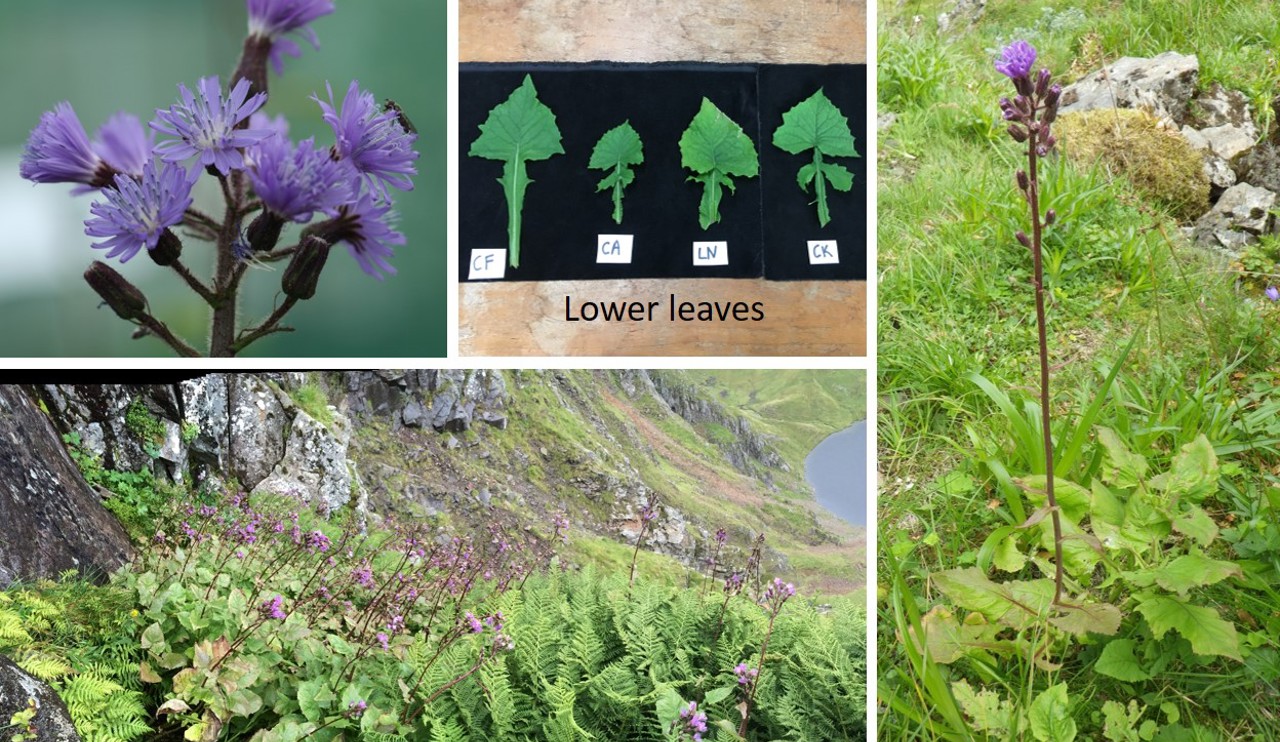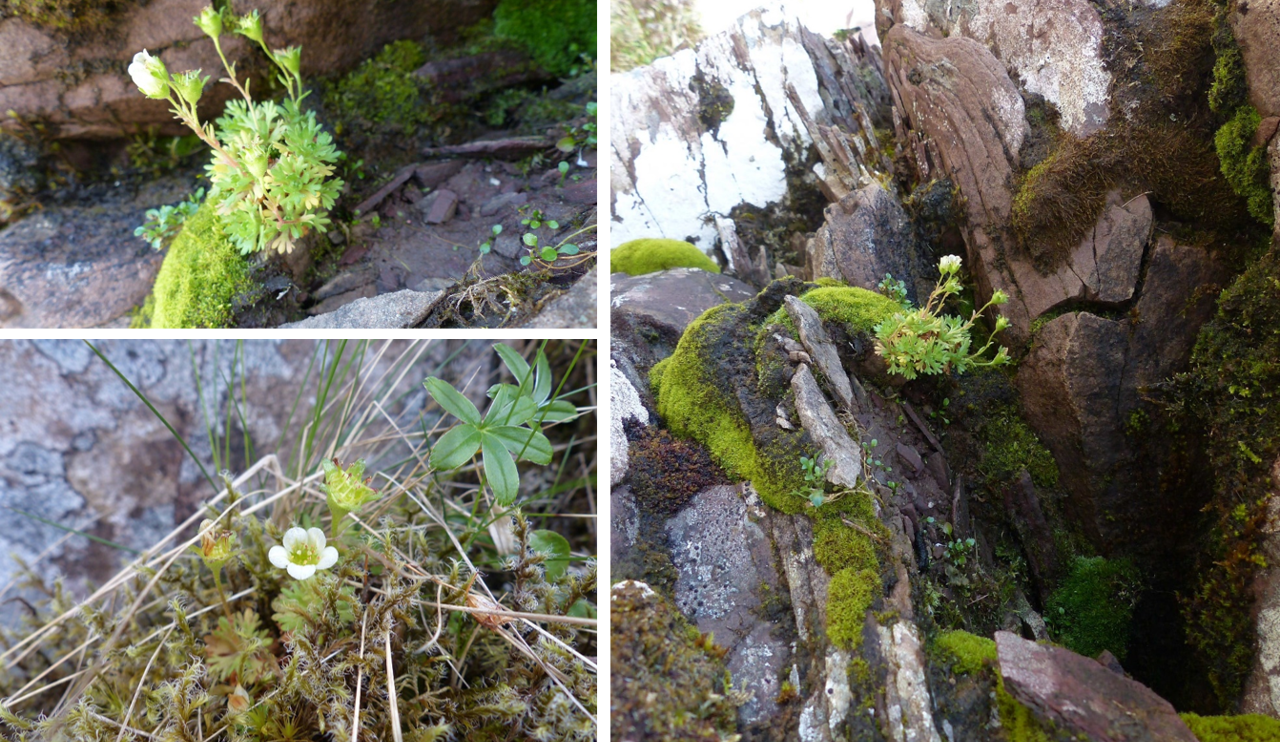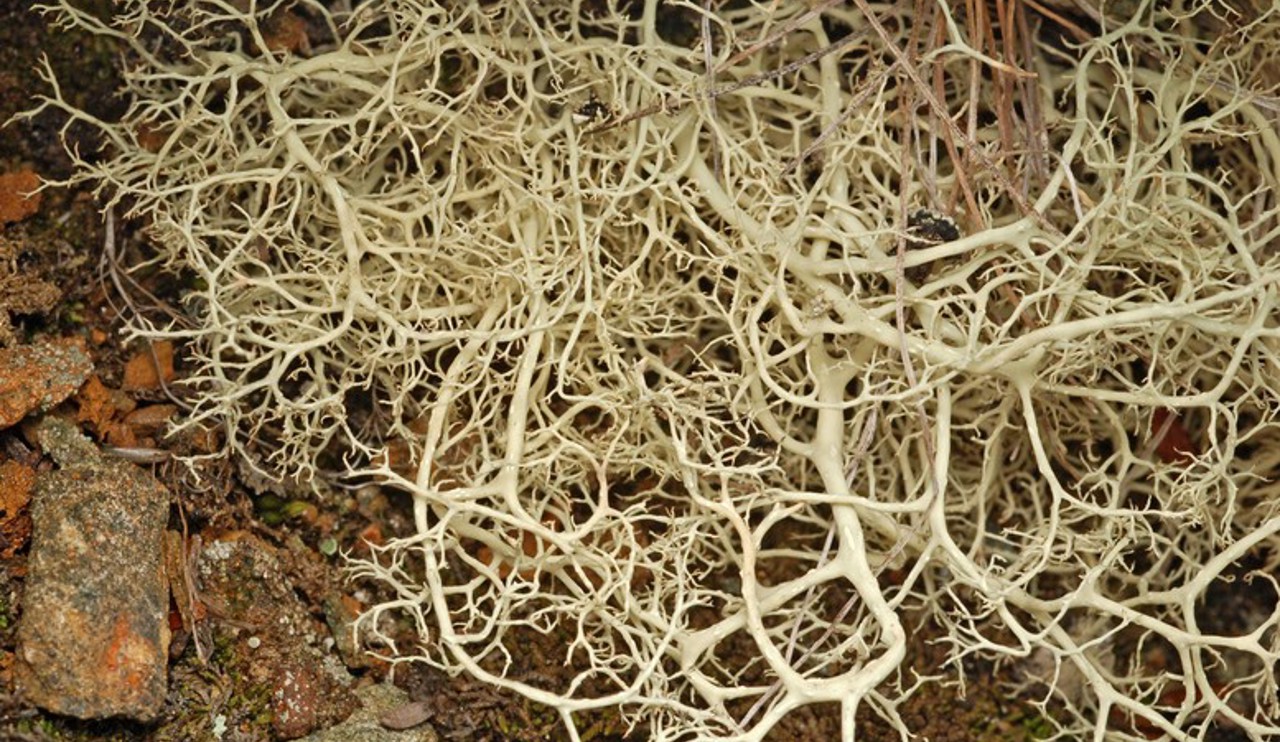- Many rare and endangered plants grow in remote mountain locations
- Conservationists are unsure of their status
- Mountaineers can help provide valuable records
Many rare and endangered plants and lichens grow in such remote and/or exposed locations that conservationists remain unsure of exactly how many populations exist, and where monitoring and protection should be focussed. Mountaineers, climbers and scramblers are the most likely people to see these plants, and we are asking the mountaineering community to contact us with any sightings by emailing raremountainplants@rbge.org.uk and including GPS coordinates, or an OS map six figure grid reference of the location, and if possible a photograph. Details of our three target species - Alpine Blue-Sowthistle, Tufted Saxifrage and Alpine Sulphur Tresses - are included below.
Owing to the rarity and threat of extinction in Scotland facing these three species they are all protected under Schedule 8 of the Wildlife and Countryside Act 1981.
Please take care to avoid disturbing and damaging the plants and their fragile habitats if you are lucky enough to encounter them. Please do not remove surrounding vegetation to take photos, as this contextual information is useful to botanists and conservationists. Since the Alpine Blue-Sowthistle and Tufted Saxifrage are most likely to be found in exposed and precarious positions, please do not put yourself, or the plants, at risk when trying to take photos or GPS readings.
Cicerbita alpina - Alpine Blue-Sowthistle: has distinctive triangular lobed leaves, and tall erect stems 50-200cm high, which are tropped with a cluster of violet-blue flowers between July and September.

Saxifraga cespitosa - Tufted Saxifrage: grows close to the ground, 5-15cm high, in small tussocks, in a mossy sort of fashion above 800m. It has fleshy oblong-shaped hairy leaves with small (1cm) greenish white flowers appearing between May and July. Known to occur on Ben Alder, Ben Avon, Ben Nevis or in the mountains of Torridon and northern Skye.

Alectoria ochroleuca – Alpine Sulphur Tresses: has long, thin (c. 0.5-2 mm wide) and sprawling yellow branches, that are contorted, giving it the distinct appearance of ‘silly string’. It grows throughout the year, and is most likely to be observed in areas of wind-clipped heathland, typically between about 750 and 950 metres altitude, on mountains in and surrounding the Cairngorms. There are outlying records on Orkney, and historic records from mountains further north and west than its current range. Clear, sharp photographs would be especially useful for a positive identification.

Picture used with kind permission of Anita Stridvall.
This project is a collaboration with Mountaineering Scotland.

